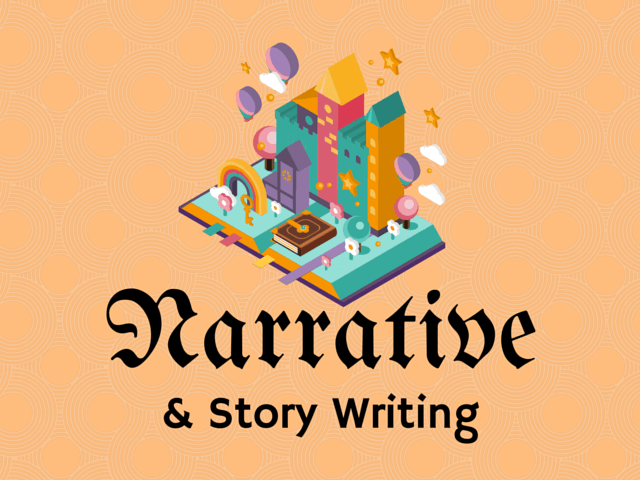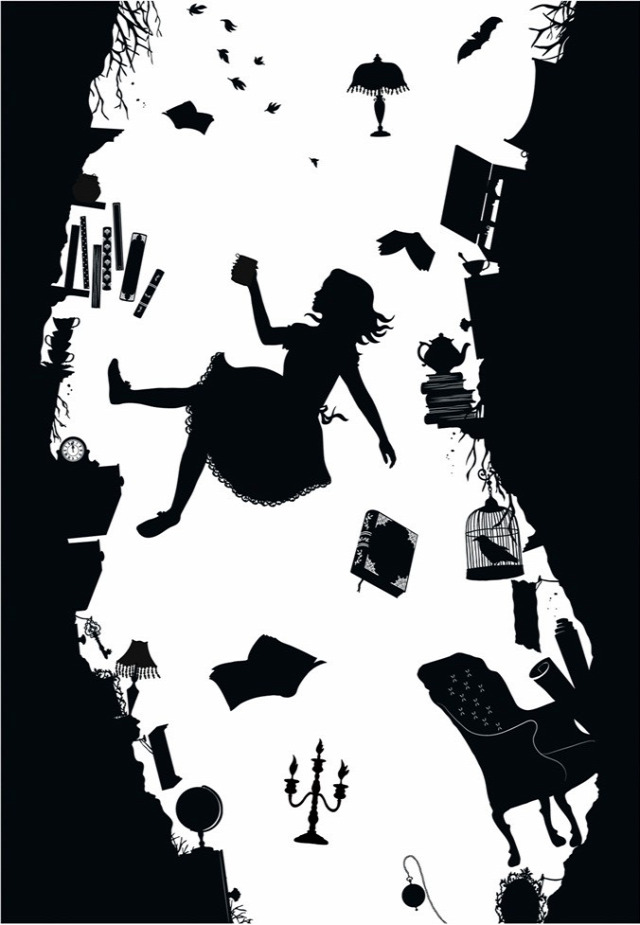Narrative style.
Also known as the narrative style, or the narrative text, which is concerned with writing and talking about a topic, and among its definitions is the text that contains a sequence of a set of events arranged chronologically or logically, as it is concerned with clarifying all the changes produced by the characters that make up the script.
When writing a narrative text, it is important to know the correct structure, with any questions you can contact the paperhelpwriting review, so that your work proceeds correctly.

The narrative text is often linked in a group of literary fields, the most important of which are the story, the novel, the myth, and others.
All these texts contain the narrative pattern of characters, events, plot, knot, and solution, and the skilled writer - meaning the author of the text is the one who can formulate his text correctly relying on the appropriate narrative method - which contributes to achieving the desired effect on the reader or listener of the narrative text.
Characteristics of the narrative style.
The narrative style is characterized by a set of characteristics that distinguish it from other literary styles, namely:
- It is concerned with the elements of time and space, and all the events and facts associated with the past time.
- The use of personal narration to communicate ideas to readers, or to clarify an idea, and the writer or narrator usually performs this task.
- The use of external narration, that is, that depends on linking a set of social, real, or familiar events to readers with the content of the narrative text so that it is clearly and correctly understood.
- Reliance on simplicity in narration, meaning that the writer or author avoids the use of words, complex ideas, or thorny in conveying images and meanings of the narrative text, but rather it must be simple in its narration, so that readers can understand and comprehend the text.
- It is based on stimulating imagination; In other words, the narrative pattern stirs the readers' imagination, and its ideas, making him imagine some of the events that occur in the text, as if they were something realistic.
- Composition: meaning that it depends on the use of literary aesthetic methods, which are concerned with the use of distinctive and rhetorical writing methods in the text.
- Be sure to plan your ideas and goals before you start writing. If you are faced with this style for the first time then in extreme cases you can check out top essay writing reviews.

Types of narrative style.
The narrative style divides into a group of the following literary genres:
- Sequential narration.
It is the narrative style that depends on a fixed time system, in which the narrator is interested in the novel, or the story, in a fixed arrangement of events, and this type of narrative patterns is used in historical texts, whose events are linked together by a historical link, and a time depends on the transition from one event to another.
2. Choppy combo.
It is the narrative pattern that does not depend on a logical sequence of events. Rather, the narrator may begin to narrate the story from its end, and then return in the reader to its beginning, or start the novel with an event or situation, and then re-narrate the novel from its beginning, which leads to mixing events together, while maintaining clarity of the meaning of the text so as not to cause This is in the loss of the reader, and the confusion of ideas.
3. Alternating combo.
It is the narrative pattern that depends on merging a group of stories together, meaning that the narrator begins with an event from a story, then moves to an event in another story, and then returns to an event in the previous story, and so on until finally linking the stories together through the similarity of the characters, Or situations that bind them together and contribute to the realization of the main idea of the narrative text.
More Useful Resources:
Characteristics of the story GUIDE FOR STUDENTS

